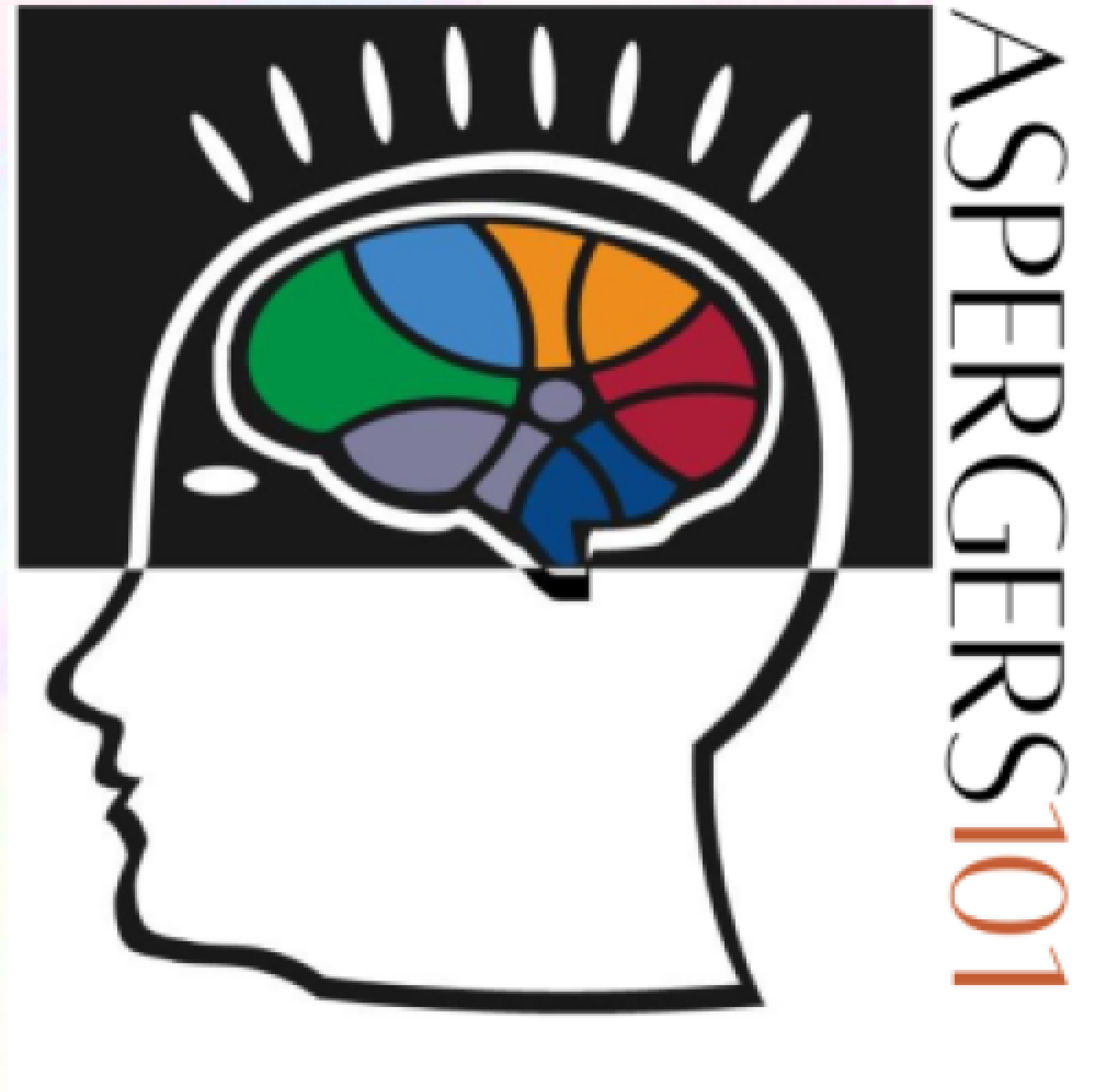10 Steps for ASD College Students to Make the Most of Student Activities
When people think of student activities for Aspergers students, especially those in college, some may feel tempted to believe that such activities are not suitable for them. Students with Aspergers could feel hindered by a number of issues, whether it be social anxiety, time management, lack of awareness, or longer study sessions due to slower information processing, to name a few.
The ASD student and/or those around them too often assume that such issues would prevent them from getting anything out of an activity. Consequently, this commonly held false assumption only makes it so that the Asperger’s student likely does not develop the inclination to do much beyond their comfort zones.
I suggest 10 steps that can help the ASD college student get beyond this:
-
Take inventory of organizations in which you could get involved.
- Ask a residence hall worker or go to the activities office and get a list of potential organizations and begin research
- Go to events, such as student activities nights, whose purpose is to expose students or the public to organizations or look on website if there is one
-
Explore the organizations online and then engage with them (ideal for introverts).
- Usually, word of mouth and stories from current friends/acquaintances establishes links and piques interests of those with ASD, despite any general reluctance for involvement, as well as (stereotypically) restricted interests
-
Do your homework: Understand the organization’s missions, visions, values, member testimonials, events, contact information.
- Identify primary contacts
- First priority to contact is a person in charge, or a group facilitator
- Understand the steps to joining the organization
- Identify primary contacts
-
Introduce yourself or get an introduction from somebody if necessary.
- Both scenarios encompass a self-introduction and this is critical because it allows others to acknowledge and accept the true personality of the Asperger’s student
Reese Eskridge is a Production Technician with Fairville Products who is passionate about working in the sciences (biology) and wishes to take his work experiences further into the fields of Educational Neuroscience; Science Fiction; Freelance Writing; Disability Advocacy; Public Speaking; Leadership and Entrepreneurship. Aspergers101 is proud to offer the insights and perceptions of the talented Mr. Eskridge to our team of bloggers as he is a great example of living life on the spectrum to it’s fullest!










